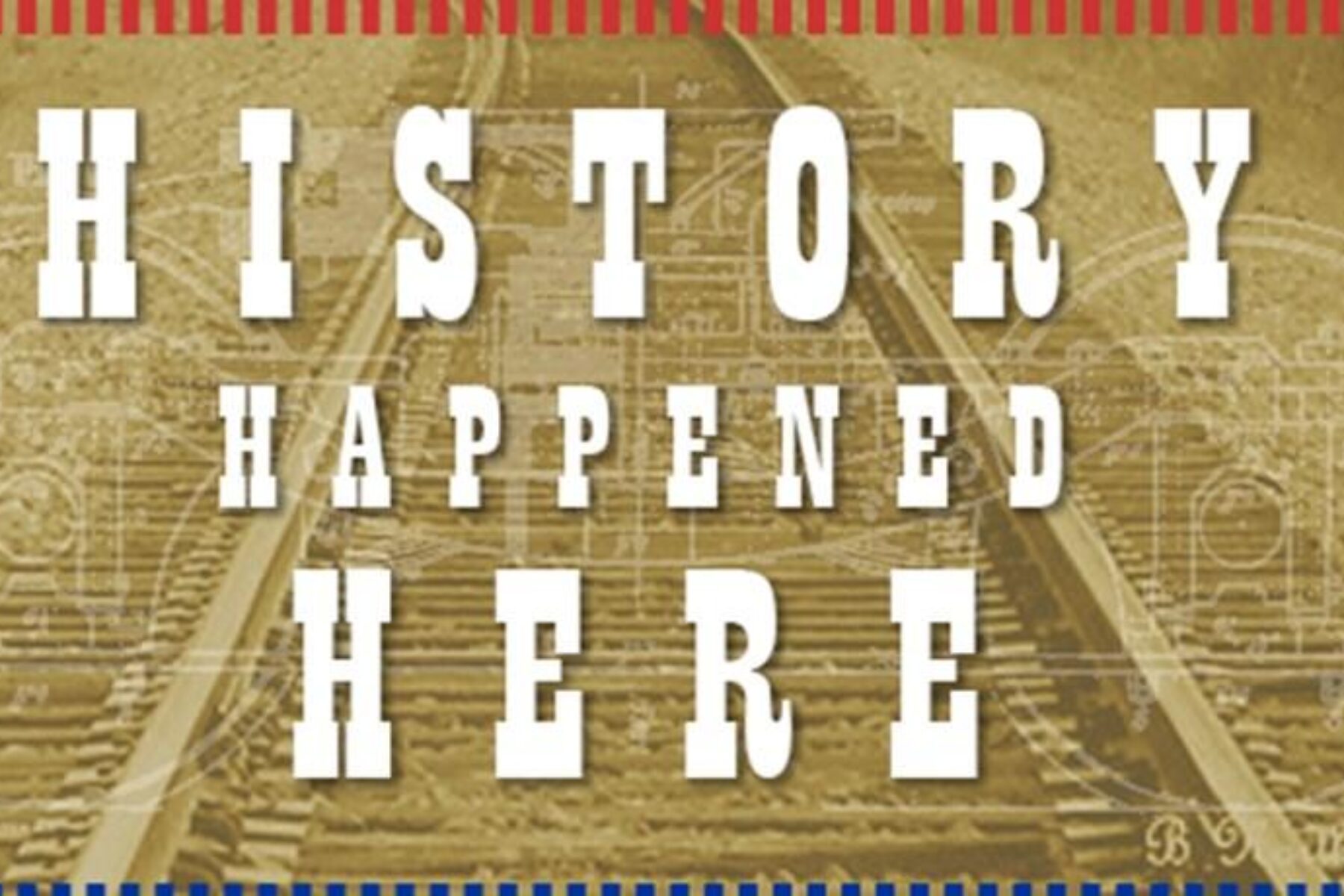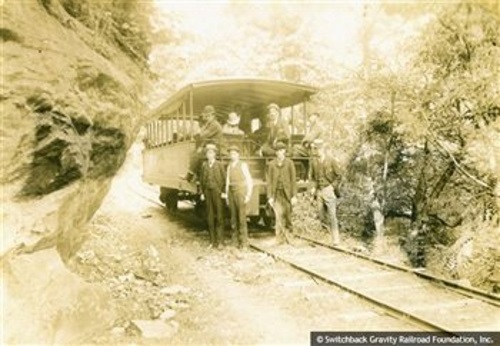History Happened Here: How the Switchback Railroad Inspired the Invention of the Roller Coaster

The Switchback Gravity Railroad, built in 1827, was only the second railroad built in America. It ran nine miles, hauling coal from Summit Hill down to the town of Mauch Chunk and the Lehigh Canal in east central Pennsylvania.
As the name implies, it relied on gravity, with mules hauling the empty cars back up the hill.
By 1844, the line’s success and subsequent traffic necessitated a separate “back track” for empties. This created an 18-mile, figure-8 track plan, with the empties pushed up two steep grades by a steam-powered contraption that emerged from beneath the rails.

During non-peak hours, the railroad offered rides along the route for the public, in specially outfitted cars. Following the line’s dramatic descents and loops, these cars could attain speeds of up to 50 miles per hour. One patron described it as a “hair-raising trolley ride.” In the 1870s, the route, by then devoted exclusively to hauling passengers, became one of the nation’s first tourist railroads. Only Niagara Falls exceeded the site’s 75,000 annual visitors. This wild ride—in which carloads of passengers plunged at high speeds from steep peaks—served as the model for the first roller coaster, introduced on Coney Island in 1884.
By the 1930s, the popularity of the automobile and onset of the Great Depression resulted in the closure of the Switchback, and the last car descended the hill in 1933. The railroad was sold for scrap in 1937.
In 1954, the town of Mauch Chunk was renamed Jim Thorpe, and today that city serves as a trailhead for both the 18-mile Switchback Railroad Trail and the 26-mile D & L Trail/Lehigh Gorge State Park Trail. The Switchback’s down track is, of course, the easier of the two routes, with a hard-packed dirt surface and the same grade that made the route popular more than 150 years ago. Several bike shops in Jim Thorpe offer shuttles to the Summit Hill trailhead.
Early silent filmmaker Lyman H. Howe, famous for thrilling footage shot from the front of fast-moving trains, includes “Famous Ride on a Runaway Train” in his body of work. Considered a classic, Howe released versions in 1908, 1914 and 1921. They include footage reportedly shot on the Switchback.
A six-minute, 1921 version of the Howe film released in New Zealand is part of an anthology of 12 silent films now available from the National Film Preservation Foundation. Titled Lost and Found: American Treasures from the New Zealand Film Archive, the 198-minute DVD is available from Image Entertainment and elsewhere.

Donate
Everyone deserves access to safe ways to walk, bike, and be active outdoors.
